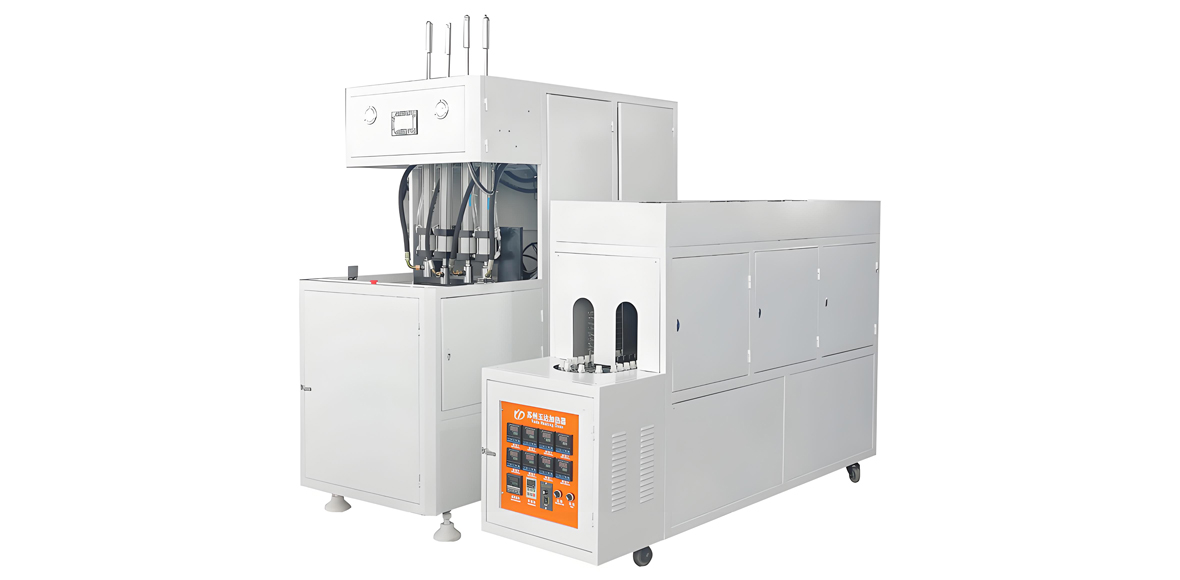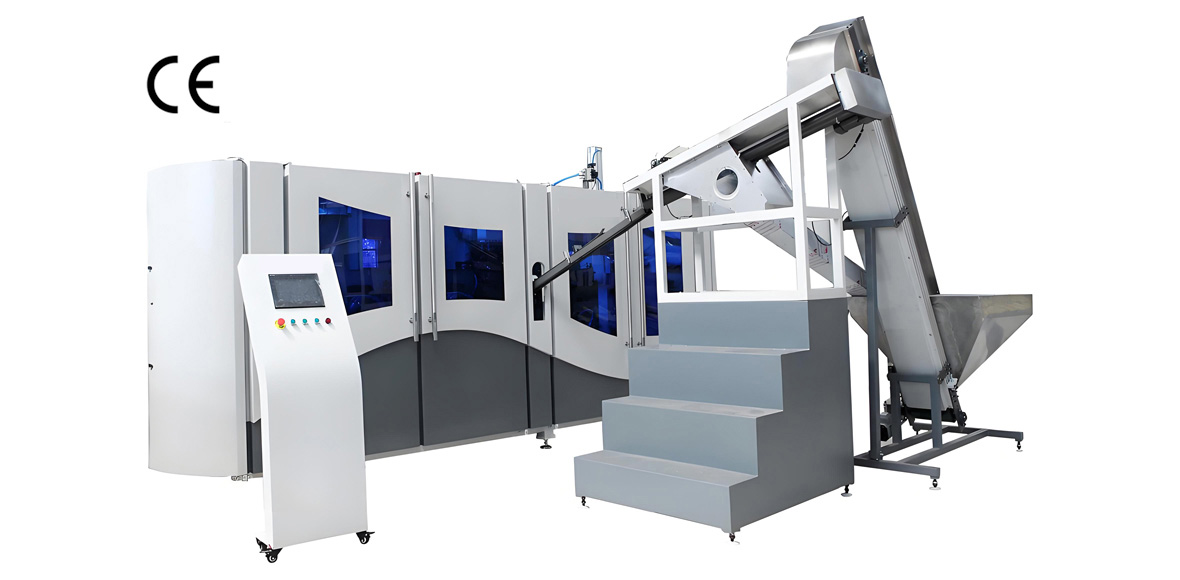In the process of daily use of the bottle blowing machine, it is inevitable that you will encounter some problems. The following Flying Pigeon Friendly Union lists several more common situations for you. Learn the following to no longer panic when you encounter problems.
1. The machine does not enter embryos, so the following conditions need to be checked:
1.1 Whether the embryo falling guide is missing
If yes: need to check the upper embryo sensor, whether normal;
If not: check the embryo storage bucket for missing embryos.
1.2 Check whether the preheating time is sufficient
If it is: wait for preheating time to the embryo heating;
If not: check whether the anti-embryo cylinder is normal.
1.3 Check whether the remote bottle blocking sensor alarms
If so: wait for the air duct bottle to empty the alarm automatically eliminated;
If not: Check the Angle of the distal clogging sensor and reflector is normal.
2. Embryo sticking phenomenon often occurs in embryo feeding dial:
2.1 Check whether the position of the dial and the insertion and unloading jaw is in line;
2.2 Check whether the sensor of the embryo feeding dial and the embryo stopping cylinder are in the same position;
2.3 Check whether the position of the embryo protection guide plate is normal;
2.4 Check whether the dial is loose.
3. How to reset if the connection between the opening and closing die CAM and the electric cylinder is disconnected?
3.1 This device is set to protect the electric cylinder and compensation plate. If it exceeds the normal torque output, it will disengage;
3.2 First take out the bottle embryo and bottle, then loosen the four screws that fix the connecting seat, make it loose, and then push the CAM to reset by hand, and then lock the screws to resume production.
4. How to adjust the bottle bottom eccentricity in production?
4.1 Check the clearance between the stretching rod and the bottom die, and verify with random tooling;
4.2 Whether the bottom temperature is too high;
4.3 Whether the pre-blowing flow is too large;
4.4 Whether the preblowing pressure is too high;
4.5 Too early pre-blowing time;
4.6 The pre-blowing time is too long;
4.7 The heating temperature is not appropriate;
4.8 Check whether the stretching rod is bent;
4.9 Check whether the bottle embryo is eccentric.
5. What’s wrong with the white spots in the bottle?
5.1 Overstretching;
5.2 The temperature here is low;
5.3 Pre-blowing time is too early;
5.4 Excessive temperature here leads to local crystallization (white and opaque).
6. How to adjust the wrinkles in the bottle?
6.1 The temperature is too high;
6.2 Too late pre-blowing time;
6.3 The preblowing pressure is too low;
6.4 Pre-blowing flow is too small.
7. The bottle is not even blown out. How to adjust the thickness on the top and the thickness on the bottom?
7.1 Pre-blowing time is too early;
7.2 Too high preblowing pressure;
7.3 The preblowing flow is too large;
7.4 Higher temperature at the bottom;
7.5 The air volume of the bottle cooling fan is too large;
7.6 The temperature at the bottle mouth is low.








